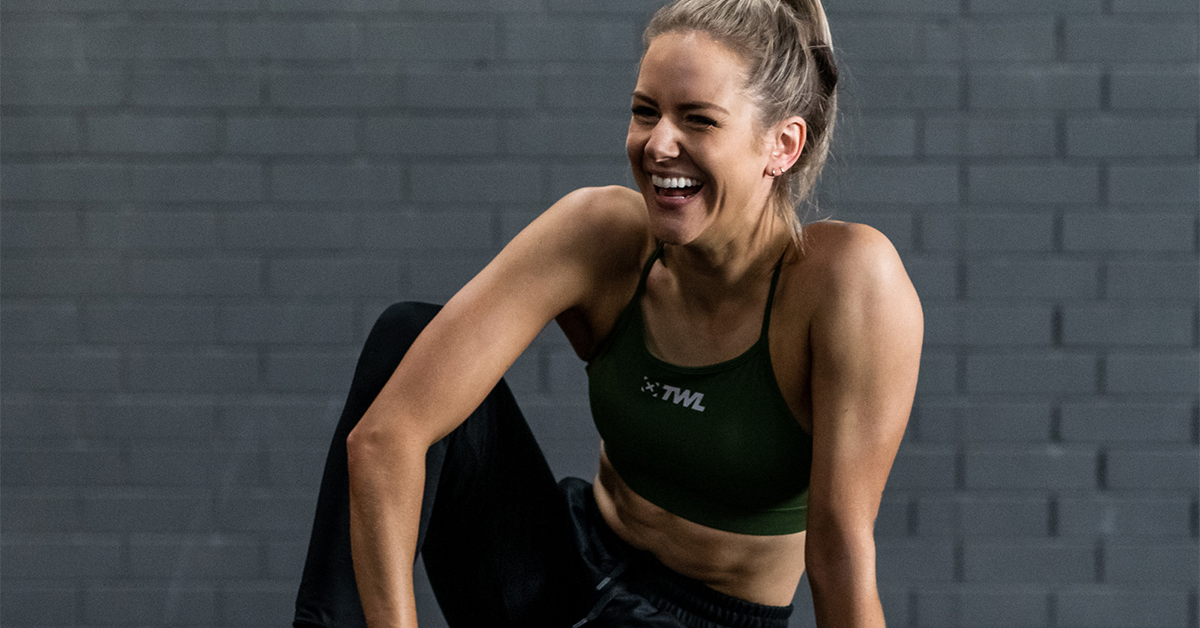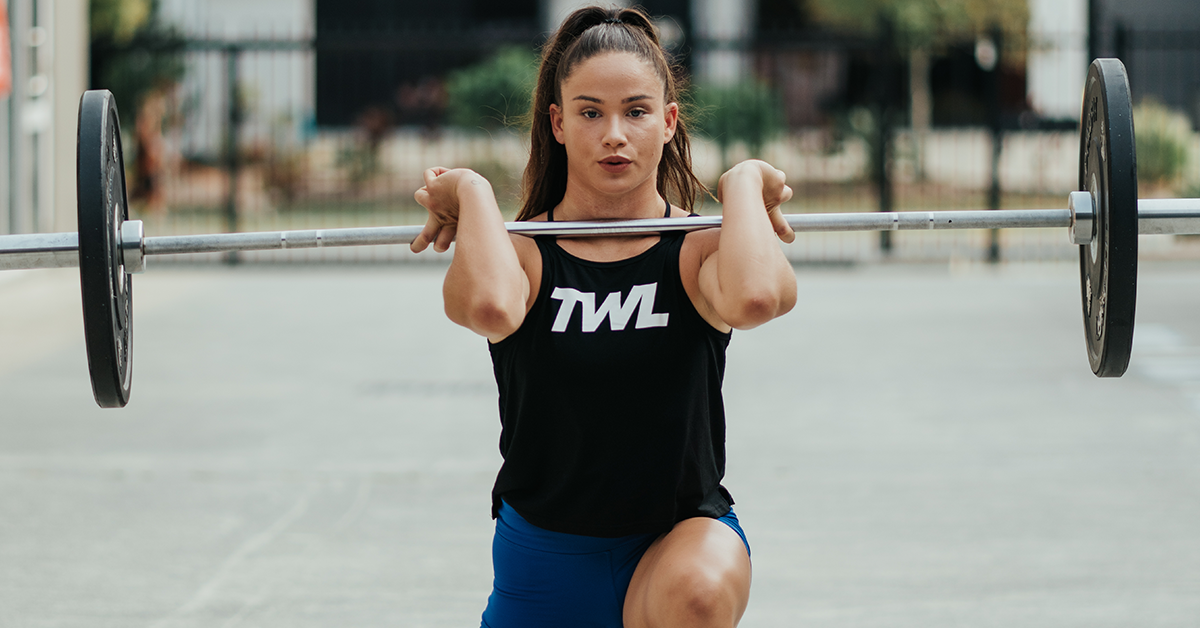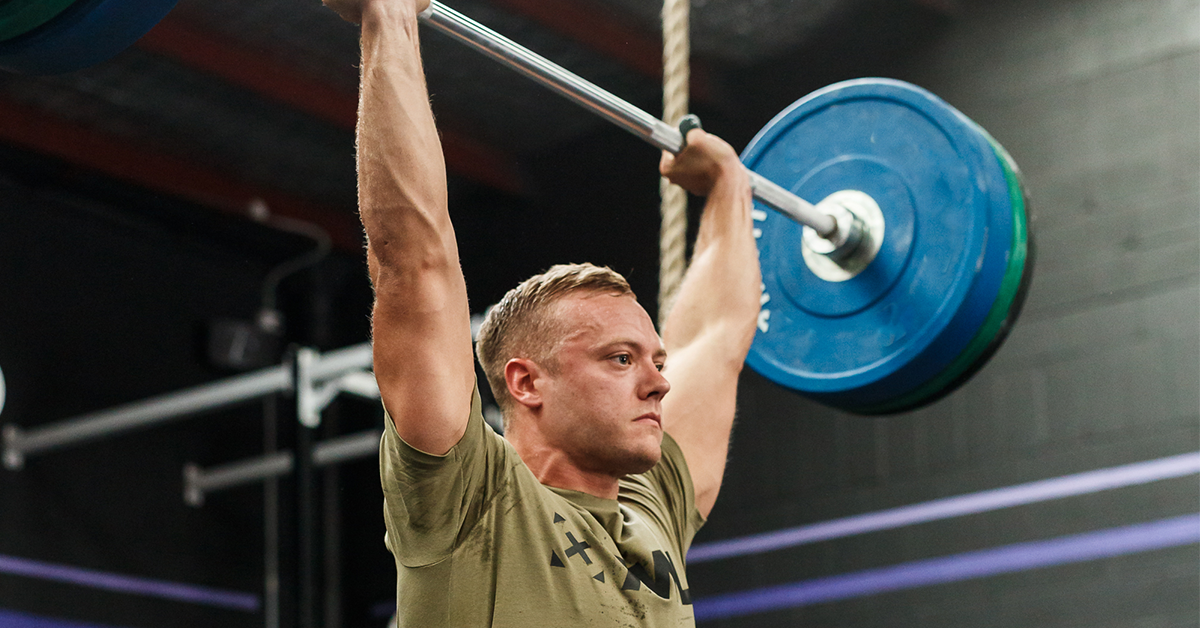As health and fitness trends have become more mainstream, there has been an explosion in healthier food options, fitness studios and classes, and an overall invigorated interest in self-care. However, there’s a flip side to the renewed interest in wellness: The increasing popularity has also opened the floodgates to fitness myths. This wouldn’t be a problem if all the information floating around was reliable and accurate. Alas, that’s not the world we live in.
In this blog, we’ll provide some clarity by debunking the most common fitness myths and explaining the truth behind them.
5 Fitness Myths We Need to Debunk
Myth #1: You should stretch before you exercise to prevent injury.
One of the most common misconceptions is that pre-workout stretching can prevent injuries. While there are pro- and anti-stretching arguments, it’s important to note that stretching is not necessarily the same as warming up.
Warming up before doing strenuous exercise is indeed important. However, research has shown that stretching, in particular, might offer little benefit and may even inhibit performance. The Centers for Disease Control also said that they couldn’t find a link between stretching and injury prevention.
It’s important to note though that this doesn’t mean you should just jump straight into your workout routine. Warming up still has benefits. The key here, though, is to go through a warm-up that aligns with whatever that day’s programming brings you. Read our blog on how to warm up to prepare your body and also prevent injury.
Side note: Now’s a good time for us to remind you that stretching can make you more flexible, but what’s going to prevent injury is actually working on your mobility. Learn more about the importance of mobility in preventing injury.
Myth #2: No pain, no gain.
While this can be your motivation to continue training despite the discomfort, it should be emphasized that your progress isn’t measured by how much it hurts after working out.
In fact, if you’re experiencing pain (as opposed to soreness or discomfort), there’s a high chance that you’re doing it wrong. It’s normal to feel some soreness, especially if your body experienced a new stimulus. Delayed onset muscle soreness, wherein the pain is felt up to 48 hours after the workout, is the result of microscopic tears and inflammation in the elastic tissues around muscle fibers. This is to be expected.
However, you should check your form and question if you’re pushing yourself too hard if the pain continues.

Myth #3: Lifting weights will make you bulky.
Many people, especially women, avoid weight training because they think it will bulk them up. However, in reality, lifting weights and maintaining a healthy diet can help shed excess body fat and increase lean muscle mass. This is because as you build muscle, your body naturally burns more calories, even at rest. So, you end up carrying less fat on you.
So, don’t be afraid to add weightlifting into your fitness routine. Aside from the aesthetic benefits, lifting can also help you achieve better heart health, boost your energy levels, improve your posture, and regulate your hormones.
Speaking of hormones, ladies, lifting won’t make you look like a man. They have far more testosterone, which is why they carry more muscle!
Myth #4: You can target the part of your body where you want to lose fat.
This is one of those fitness myths that just won’t die. There’s no such thing as targeted fat loss. We store fat in different parts of the body, and they are also reduced unevenly as we shed fat.
So, if you start to lose weight, you will shed excess fat throughout your entire body, and you don’t get to decide what leans out first. Working out specific body parts won’t affect the fat cells in the targeted areas.
Simply put, you can’t decide where to shed fat. Go ahead and ease up on the crunches, now.
Diet plays a huge role in fat loss. If you’re struggling with what you eat, be sure you aren’t letting common nutrition myths get in your way.
Myth #5: Your muscles will turn into fat once you stop working out.
If you used to work out regularly and live an active lifestyle, and then you suddenly stopped, you’ll likely notice a transformation in your body.
Your muscles will become smaller and you will have more body fat depending on what you eat. This change is most likely the reason why some people think their muscles are turning into fat.
However, muscle and fat are two separate tissue systems, and they don’t convert to one another. When you have excess energy from the food you eat and neglect your muscles by not working out, your fat cells will expand and new ones may even be created. That’s the real explanation for your weight gain when you stop exercising.
You may have read these fitness myths online or heard them from friends, gym buddies, or even fitness coaches who should’ve known better. With this, we understand how difficult it is to discern facts from misconceptions, especially if you’ve heard them far too many times.
Thus, no matter what your source is, make it a point to fact-check first before you believe and integrate something into your fitness program. Be vigilant and protect yourself from fitness myths and other misinformation.
At The WOD Life, we pride ourselves on giving you the resources and support you need to become a healthier, happier you. For tried and tested gear, apparel, equipment, supplements, and more, shop with The WOD Life today.

















